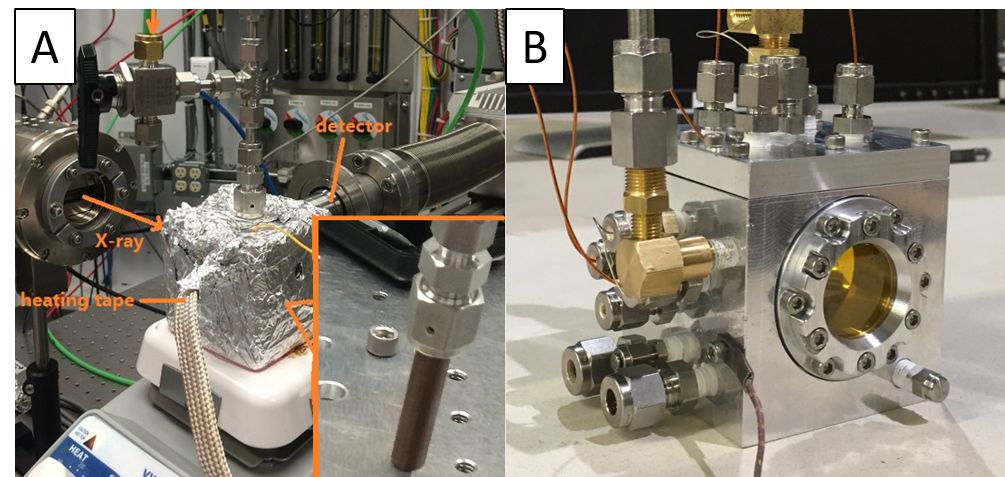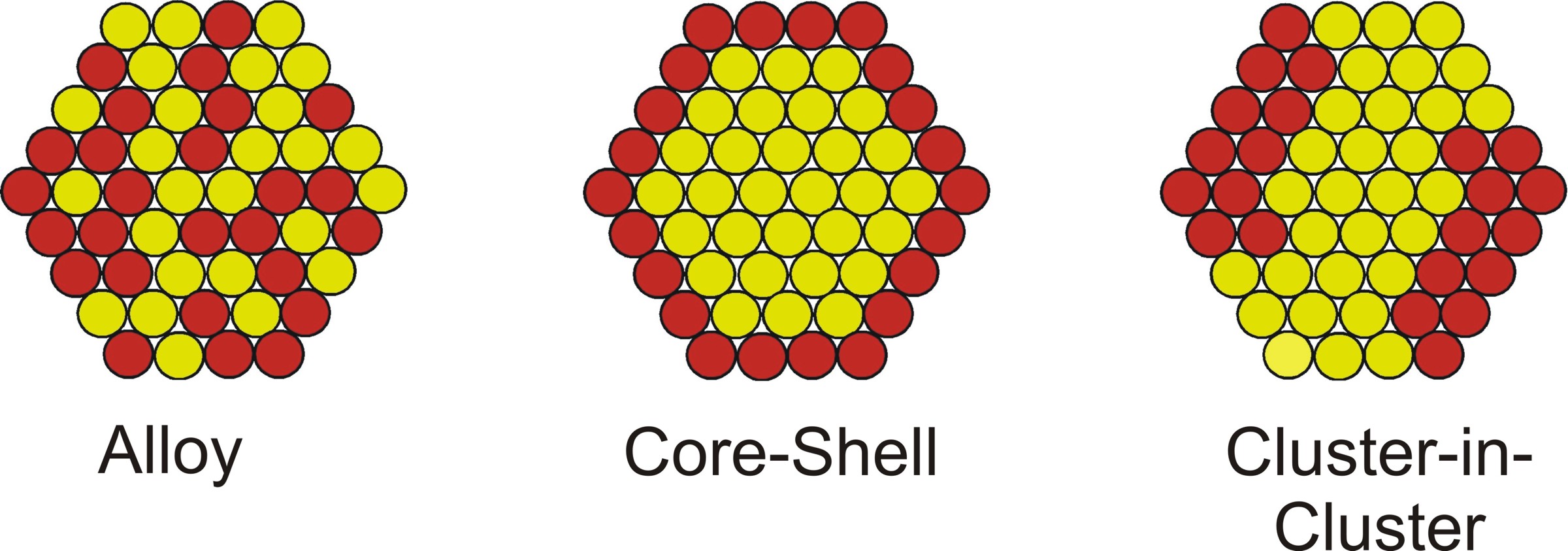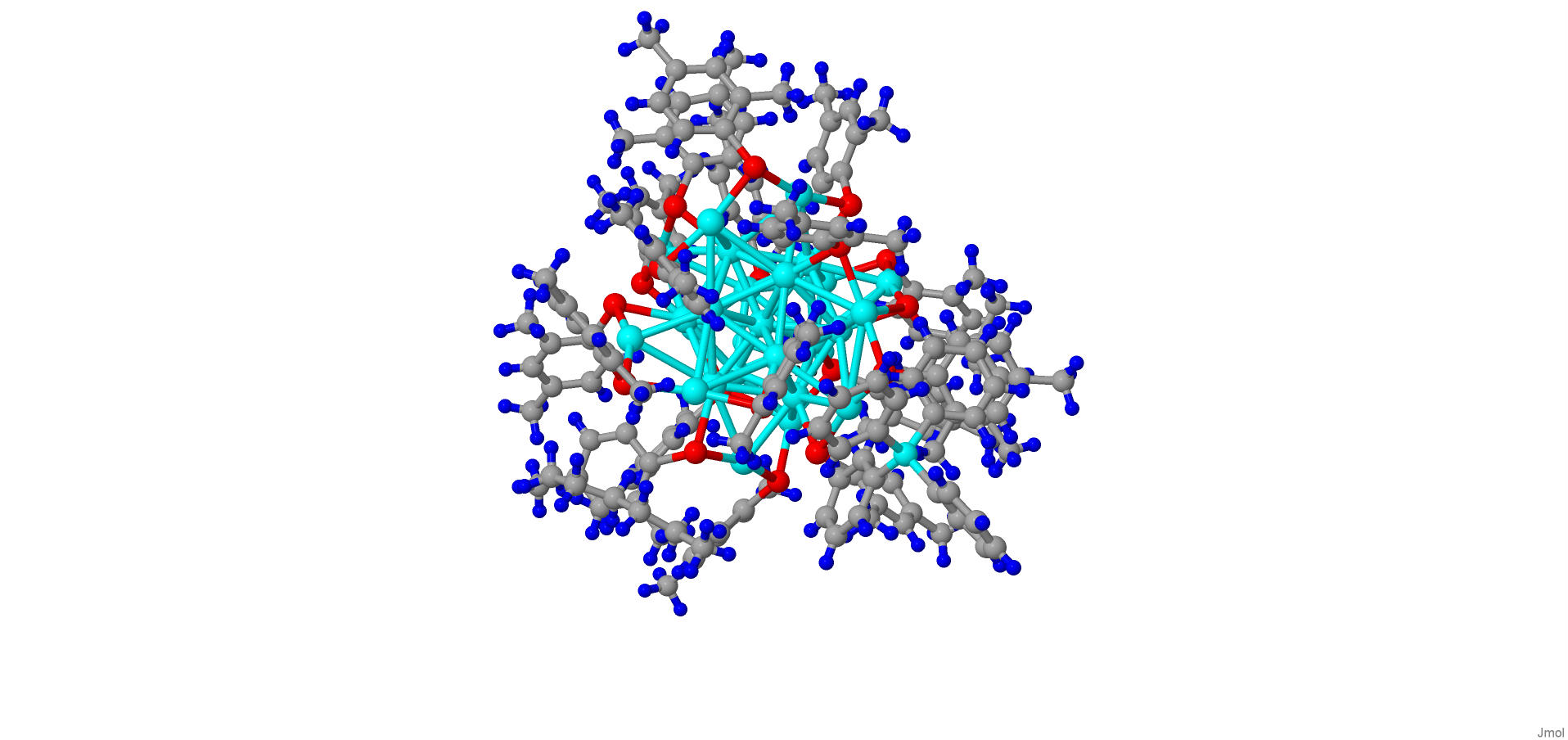Research Interests
Our research interests involve the synthesis of functional nanostructured materials utilizing templating strategies, thorough characterization of these materials using state-of-the-art characterization facilities available on campus and at the nearby Canadian Light Source (CLS), and attempts to understand the structure-property relationships which govern their behaviour. Students working in the Scott laboratories will develop skills in a wide range of spectroscopic and microscopic analytical techniques used to understand the fundamental properties of nanoscale materials. I currently have several openings available for interested graduate students, as well as undergraduate students wishing to get summer research experience. Please feel free to contact me for more details.
Our research focuses on the following areas below
In situ X-ray absorption spectroscopy

Our group is a heavy user of the Canadian Light Source, which is on campus at the University of Saskatchewan. Over the past decade, we have developed a number of in situ X-ray absorption spectroscopy cells that allow us to follow changes in metal speciation in cluster and nanoparticle catalysts during catalytic events. These include liquid cells in which quasi-homogenous nanoparticles are interrogated while suspended in solution, and high-temperature heterogeneous catalysis setups that have allowed us to follow Pd speciation under in situ conditions during methane oxidation reactions. We have a strong ongoing collaboration with the group of Natalia Semagina at the University of Alberta following methane oxidation and reforming catalysts. In addition, we work closely with beamline scientists on high, tender, and low-energy lines, and in particular with Dr. Yongfeng Hu on SXRMB for the development of catalytic cells for in situ X-ray absorption spectroscopy
Examination of the catalytic properties of solution phase “quasi-homogeneous” nanoparticles

Synthesis and characterization of atom-precise clusters

Our research in this area has focused on the development of thiolate-protected Au, Ag, and bimetallic atom-precise clusters. In particular, we have focused on the development of clusters which have functional handles that can allow for subsequent chemistry to occur on the surface of the cluster. We also examine the clusters as catalysts for selective oxidation and reduction reactions, both as intact clusters and after mild activation of the clusters to remove some or all of the thiolate ligands. Characterization methods include electron microscopy, X-ray photoelectron spectroscopy, mass spectrometry, and X-ray absorption spectroscopy at the Canadian Light Source.
Development of sinter-resistant catalysts


